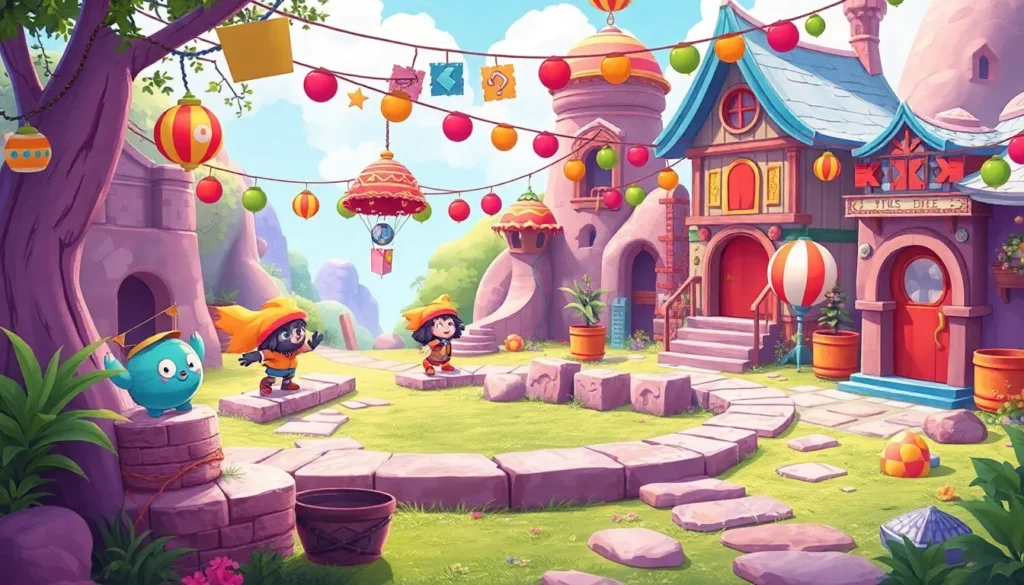Table of Contents
ToggleWhen the puck drops and the crowd roars, college hockey games promise an exhilarating experience. But just how long does this adrenaline-fueled spectacle last? Fans often find themselves on the edge of their seats, wondering if they’ll make it through the game without needing a snack break or a bathroom run.
Overview Of College Hockey Game Duration
College hockey games consist of multiple components that determine their overall duration. Understanding these elements helps fans manage their time during the thrilling action on the ice.
Regulation Periods
Each college hockey game features three regulation periods, each lasting 20 minutes. Game time accumulates only while the puck is in play, so stoppages such as penalties, goals, and timeouts extend the duration. In these periods, teams compete intensely to accumulate goals. Fans can expect the entire game, including breaks, to take around 2 to 2.5 hours.
Overtime Rules
If a game ends in a tie after regulation, an overtime period occurs. This overtime lasts 5 minutes and employs a 3-on-3 player format to encourage scoring. Should neither team score during this time, a shootout determines the winner. The shootout consists of a series of penalty shots, with each team taking three attempts. If necessary, subsequent rounds continue until a winner emerges.
Factors Influencing Game Length

Several factors contribute to the overall length of a college hockey game. Key elements such as game stoppages and intermissions play significant roles in extending the duration.
Game stoppages
Game stoppages occur frequently during college hockey matches. They can involve penalties, goals, and timeouts, all of which halt the puck’s progression. Penalties are one of the most common reasons for stoppages. Each penalty can add several minutes to the game, especially if a player receives a major penalty. Goals also cause stoppages, as officials review plays to ensure legitimacy. Additionally, timeouts called by teams or referees create breaks in the action. On average, these stoppages can add around 30 to 45 minutes to the total game time, resulting in a more extended experience for fans.
Intermissions
Intermissions are another factor affecting game length. College hockey games include two intermissions, each lasting 15 minutes. These breaks allow players to rest, hydrate, and strategize for the upcoming periods. Fans often use this time to grab refreshments or visit the restroom. The intermissions not only provide entertainment but also allow for ice resurfacing, crucial for optimal playing conditions. Consequently, these intermissions contribute approximately 30 minutes to the overall game duration, making them essential for both players and spectators alike.
Comparison With Other Hockey Games
College hockey games maintain a specific timeframe, but those times differ when comparing them to other hockey formats.
NHL Game Duration
NHL games feature a similar structure to college games, consisting of three periods, each lasting 20 minutes. Game time accumulates only while the puck is actively in play. Expect an NHL game to last around 2.5 to 3 hours, including stoppages, which can add significant time. Intermissions last 15 minutes, allowing for player rest and fan engagement. Consequently, the overall experience at the NHL level typically extends longer than at the college level.
International Hockey Games
International hockey games, such as those governed by IIHF rules, typically last 60 minutes, divided into three 20-minute periods as well. Stoppages and intermissions also play a role, with two intermissions lasting 15 minutes each. Overtime rules vary based on the tournament structure; however, many international competitions feature a sudden-death format. As a result, the total time may occasionally exceed three hours depending on the game’s pace and structure.
Tips For Attending A College Hockey Game
Attending a college hockey game promises excitement and a thrilling atmosphere. Engaging with the experience enhances enjoyment and ensures a memorable outing.
Pre-Game Activities
Arrive early to soak in the energy before the puck drops. Many colleges host pre-game festivities, including fan interactions and live music, creating a vibrant atmosphere. Check for promotional giveaways, as teams often provide merchandise to early arrivals, adding to the experience. Food vendors typically offer a variety of snacks, from nachos to hot dogs, making it easy to grab a bite before the game starts. Connecting with fellow fans in the parking lot or arena fosters camaraderie, amplifying the anticipation for the game ahead.
What To Expect During The Game
Fans experience a rollercoaster of emotions throughout the game. Each period features nonstop action, with 20 minutes of play where the puck is in constant motion. Anticipate stoppages due to goals, penalties, and timeouts, which prolong the game’s duration. Announcements and displays keep spectators informed and engaged, adding to the dynamic atmosphere. Halftime intermissions provide moments for fans to regroup, enjoy concessions, and discuss the game. Observers can expect a fast-paced environment where team strategy unfolds, culminating in thrilling plays that keep everyone on the edge of their seats.
College hockey games offer an exhilarating experience that lasts longer than the official 60 minutes of play. With stoppages and intermissions, fans can expect to invest about 2 to 2.5 hours in total. This extended duration not only enhances the thrill but also allows for moments of reflection and camaraderie among spectators.
Understanding the game’s structure helps fans manage their time effectively and enjoy every aspect of the event. Whether it’s the excitement of a last-minute goal or the tension of a shootout, college hockey delivers unforgettable moments that make the time spent worthwhile.







